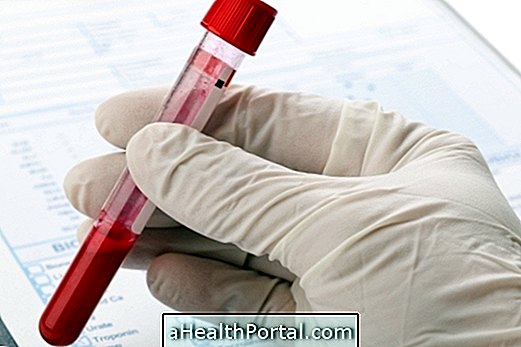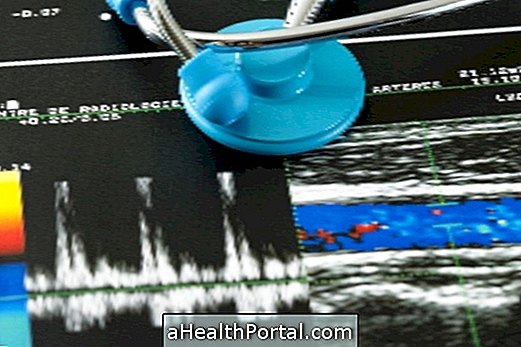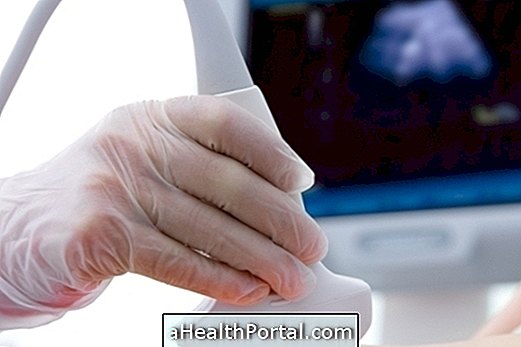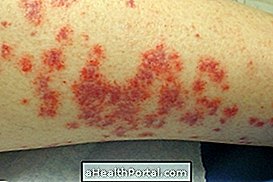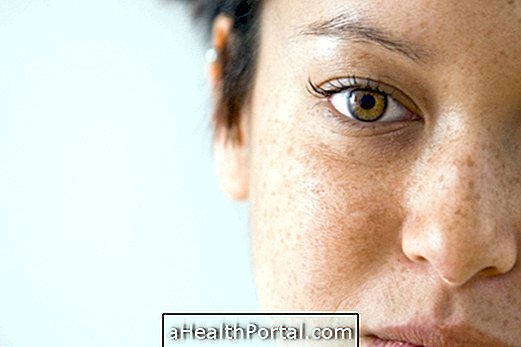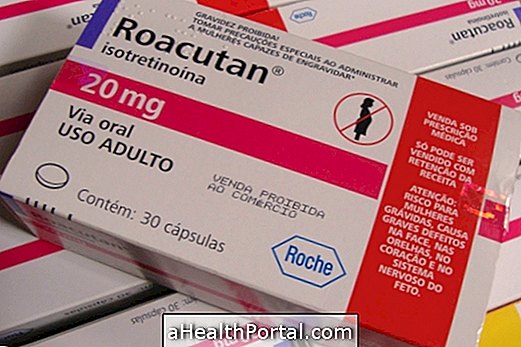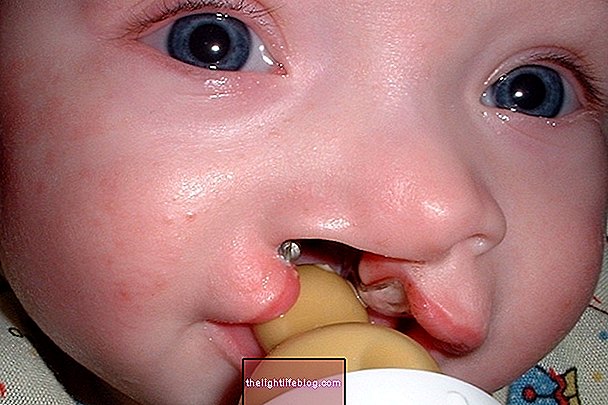Human cytogenetics is an examination that aims to analyze the chromosomes and, thus, to identify chromosomal changes related to the clinical characteristics of the patient. This examination can be done at any age, even during pregnancy to check for possible genetic changes in the baby.
The chromosome is a structure consisting of DNA and proteins that is distributed in the cells in pairs, being 23 pairs. From the karyotype it is possible to identify changes in the chromosomes, such as:
- Numerical alterations, which are characterized by the increase or decrease in the number of chromosomes, as is the case in Down syndrome, in which the presence of three chromosomes 21 is verified, with the person having 47 chromosomes in total;
- Structural alterations in which there is substitution, exchange or elimination of a certain region of a chromosome, such as the Cri-du-Chat syndrome, which is characterized by a deletion of part of chromosome 5.
Cytogenetics allows the physician and the patient to have an overview of the genome, assisting the physician in making the diagnosis and directing the treatment if necessary.
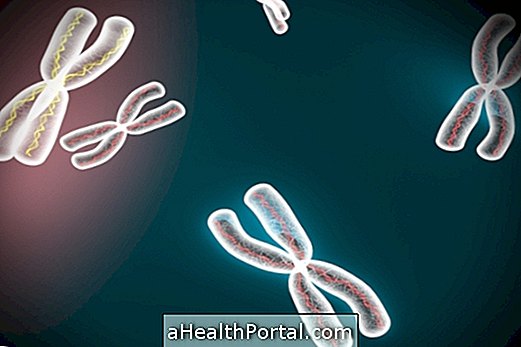
When it is indicated
The human cytogenetic examination can be indicated to investigate possible chromosomal alterations, both in children and in adults. Thus, it can be requested to help diagnose some types of cancer, mainly leukemias, and genetic diseases characterized by structural alterations or by the increase or decrease in the number of chromosomes, such as Down syndrome, Patau's syndrome and the syndrome of Cri-du-Chat, known as meow or cat cry syndrome. Find out more about cat meow syndrome.
How is done
The examination usually done from the blood sample. In the case of the examination in pregnant women whose objective is to evaluate the chromosomes of the fetus, amniotic fluid or even small amount of blood is collected. After collecting the biological material and sending it to the laboratory, the cells will be cultured so that they multiply and then a cell division inhibitor is added, which make the chromosome in its most condensed form and of better visualization .
Depending on the purpose of the examination, different molecular techniques may be used to obtain information on the person's karyotype, the most used being:
- G-label: is a technique most used in cytogenetics and consists of the application of a dye, Giemsa dye, to allow the visualization of the chromosomes. This technique is very effective to detect numerical, mainly, and structural alterations of the chromosome, being the main molecular technique applied in the cytogenetics for diagnosis and confirmation of Down syndrome, for example, which is characterized by the presence of an extra chromosome;
- FISH technique: it is a more specific and sensitive technique, being more used to help in the diagnosis of cancer, since it allows to identify small alterations in the chromosomes and rearrangements, besides also to identify numerical alterations of the chromosomes. Despite being quite effective, the FISH technique is more expensive because it uses fluorescently labeled DNA probes, requiring an apparatus to pick up the fluorescence and allow visualization of the chromosomes. In addition, there are more accessible techniques in molecular biology that allow the diagnosis of cancer. Learn more about how molecular diagnostics are done.
Following the application of the labeled dye or probes, the chromosomes are organized according to size in pairs, the last pair corresponding to the sex of the person, and then compared with a normal karyogram, thus verifying possible changes.
Cytogenetic examination does not require any preparation and collection is not delayed. The result, however, can take from 3 to 10 days to be released according to the laboratory.

